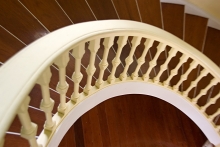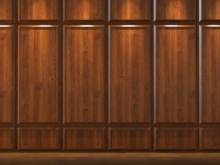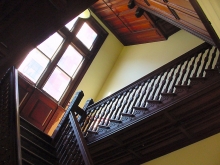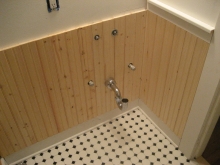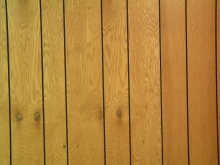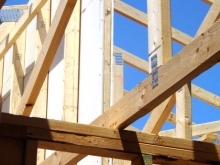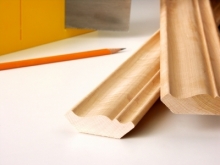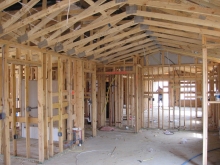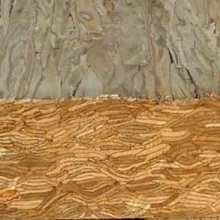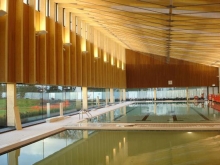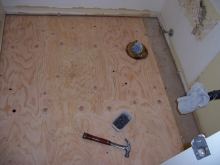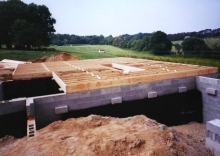Wood Stairs and Railings
Staircases provide a path of travel between floors in all types of construction. Wood stairs include several components that create horizontal steps. Components include the tread, riser, nosing, and stringer. Straight stairs are the most common, although stairs can also be round, angled, or turn back. Railings are utilized along the path of travel to ensure an individuals safety. A balustrade is the system of railings, balusters and newels that anchor a handrail at both the top and bottom of a staircase. Wood stairs and railings are often stained, but can also be painted.
